It is a cute little thing. This one is being installed at a mountaintop transmitter site for a class A WKIP-FM in Ellenville, NY. It is way up in the air (at least by local standards) at 2,450 feet AMSL. As such, the TPO is only 300 watts into a one-bay antenna. Therefore, even this little generator will be loafing along. I added all the rack equipment up, both transmitters (main and backup), and the electric resistance heater and came up with a grand total of 6,300 watts. The working load today was 3,200 watts, which I would assume is about average.
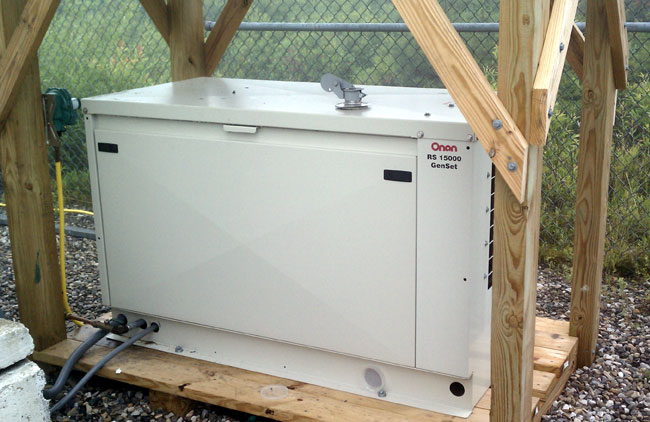
Denis, my sometimes helper, build an ice shield over the top of the unit with pressure-treated wood. This unit was placed about 40 feet away from the 140-foot tower, next to the concrete block building. Still, on a windy day, I could see some chunks of ice flying off the tower in this direction.
It has a Lister/Petter 1900 cc engine, 1800 RPM, 240-volt split phase generator. At 25% load, it burns 1.2 gallons of propane per hour.
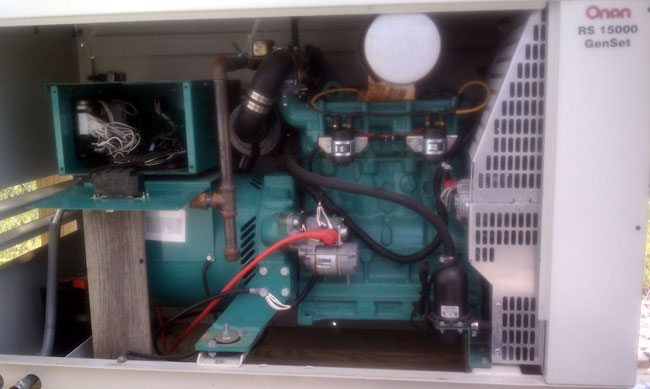
This is annoying. The gas installer blocked access to one of the through holes in the bottom of the enclosure frame. Actually, more than annoying, downright annoying as it blocked the exact center of the hole. I had to move the regulator up about two inches so I could run the 1-inch flex under the gas line. This, in turn, led to some amount of swearing.
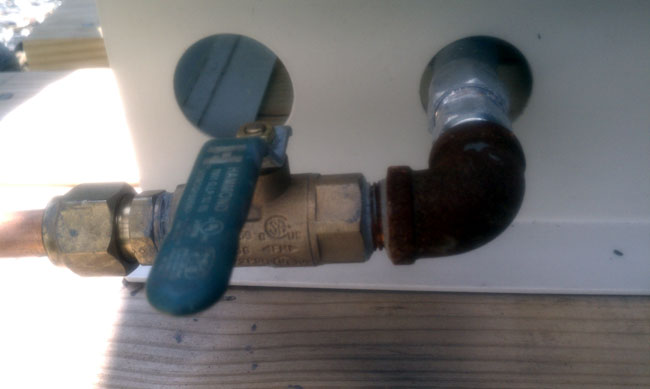
Another side of the engine:

Pushrods going to rocker’s arms over the cylinders. Low-tech, under-head cam engine. That’s okay, so long as it works when it is supposed to.
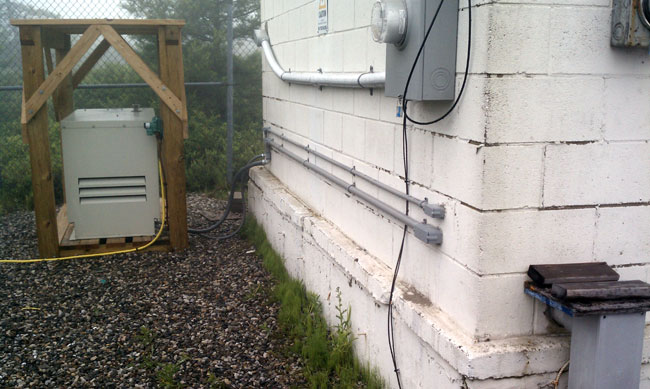
PVC conduit running into the transfer switch. The final connection is made with a liquid-tight flexible metal conduit (FMC). The control wiring is run in a separate 1/2-inch conduit, as required by NEC.




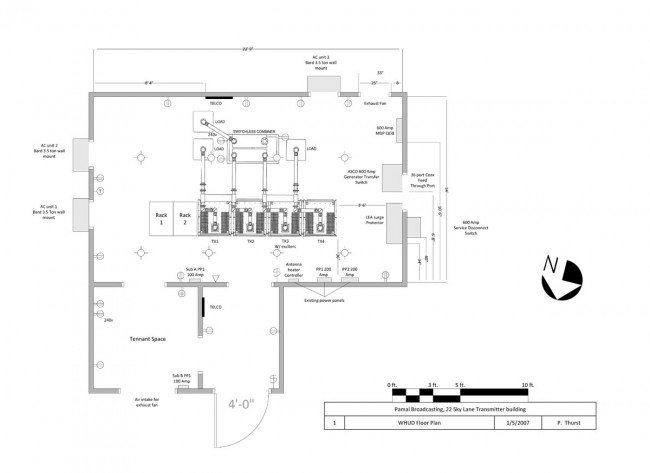

I just finished rebuilding the control box for an old Onan 12JC after several generations of mice got through with it. Make sure you plug up all the little holes.
Like most transmitter sites, this is mouse central. Fortunately, there are no extraneous holes in the control box. At least the JC series generators had simple control circuits, unlike this unit, which has a mostly potted circuit board.